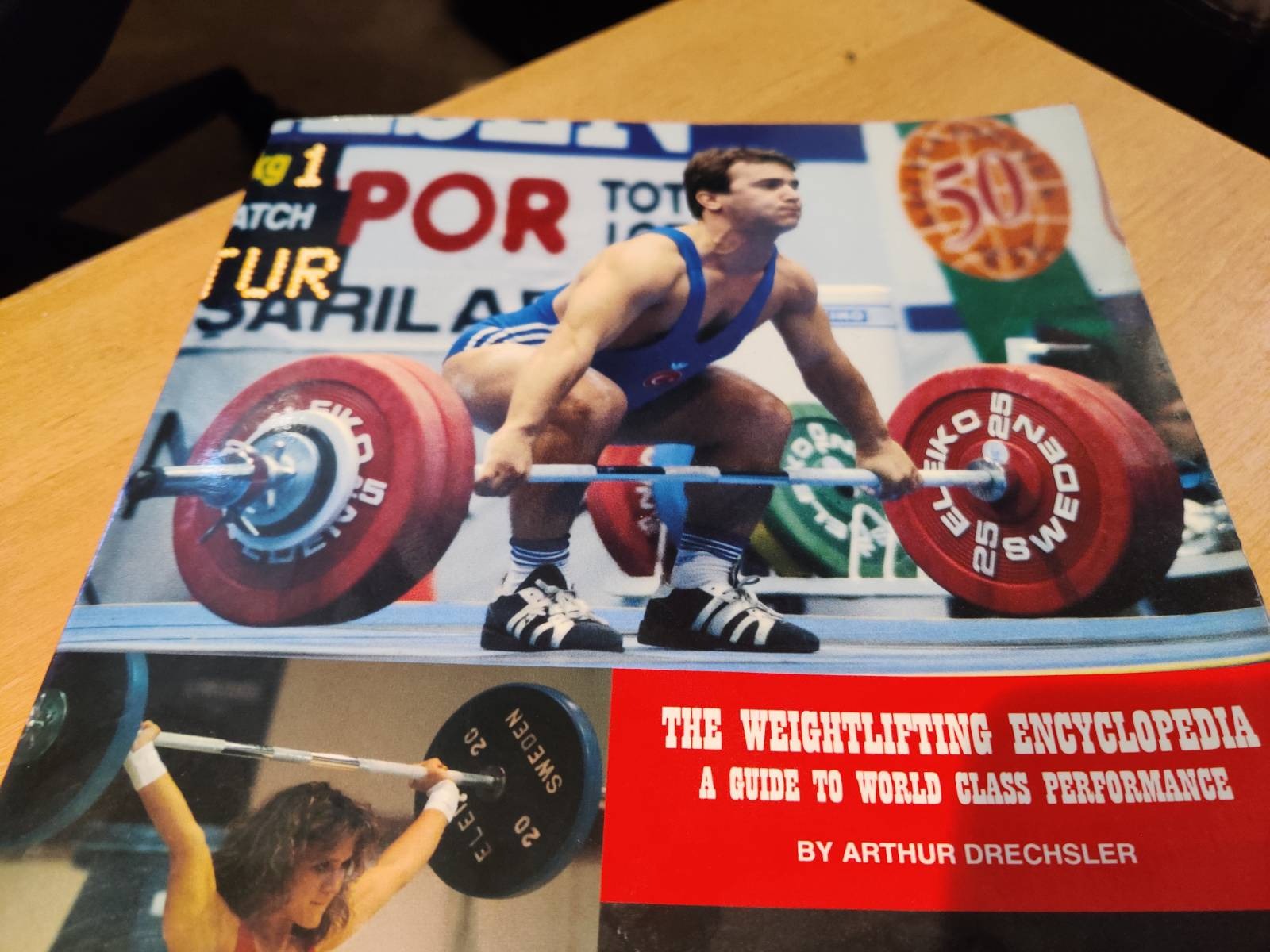The Sixth Phase of The Pull: The Supported Squat Under
Once the lifter’s feet have landed on the platform in a flat footed position after being thrust from it during the unsupported squat under the lifter quickly assumes a squat position if the lifter this style (and moat do). In this position the heels are under the hip joints, the toes are turned out to the sides, the back is arched and the torso is tilted slightly forward (more so in the snatch than in the clean). The combined center of gravity is in the middle of the foot. In the snatch the arms are straight, with the shoulder blades pulled together In the clean the bar rests on the shoulder muscles and the elbows are up, preferably at or near the level of the bar.
During the lowering of the body, the bar moves backward and then down. The downward motion is typically 5% to 9% of the athlete’s height in the snatch and 14% to 18% in the clean. The bar is actually fixed (ie., its downward progress is stopped) at 625 to 70% of the athlete’s height in the snatch and 40% to 48% in the clean.
Roman and many other analysts believe that if the pull is performed correctly overall, the combined center of gravity of the bar and athlete will shift forward slightly during the pull. As a result the athlete must jump slightly forward in the squat under. Next best, according to Roman, is when the bar shifts only very slightly backwards during the pull, in which case the feet are jumped straight out to the side as the athlete squats under the bar. In the least desirable instance the lifter pulls the bar significantly back, causing the lifter to jump back. Roman suggests that this makes it more difficult for the athlete’s movement to be precise and for the bar to be brought under control. A number of the Bulgarian coaches, however, are very persuasive defenders of the latter style. It should be noted that many world records have been established by lifters using all of these styles.


Comments
No comments yet. Be the first to react!